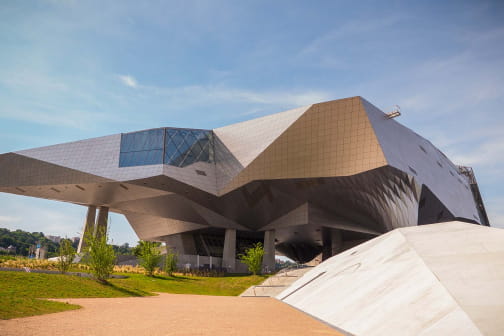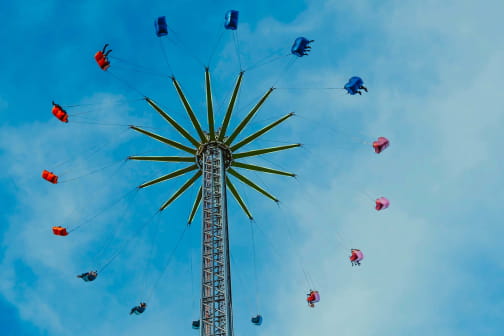Holy Chapel of the Castle of the Dukes of Savoy
Place du Château
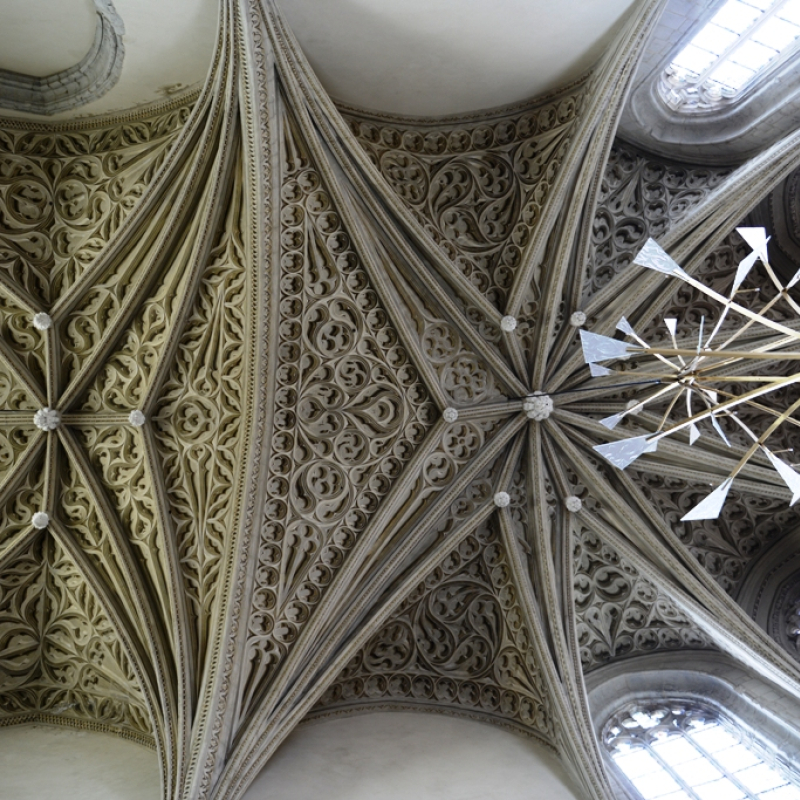
The chapel, located on the grounds of the château, has an unusually-narrow chevet (eastern end). The bell tower, or Tour Yolande, contains the Chambéry ‘carillon’, made up of 70 individual bells. Inside the chapel, admire the 16th-century stained glass windows, and the ‘trompe d’oeil’ paintings in the ‘Gothic troubadour’ style. This chapel is famous for containing the Suaire de Turin (Shroud of Turin) between 1502 and 1578.
Sainte-Chapelle was commissioned by Amédée VIII and built by master builder Nicolet Robert between 1408 and 1430. On the grounds of the château, the chevet is integrated into the Château’s defences, strengthened by the height and narrowness of the 5 bay windows. A rampart walkway passes through the buttresses, which bear the weight of flying buttresses. The chapel is flanked by a bell tower, built in 1470 by Blaise Neyrand de Saint-Pourçain in Bourbonnais, thanks to Yolande of France.
In the Château’s cour d’honneur, notice the Baroque façade, designed by a famous Turin architect, Amedeo di Castellamonte. This change in style is due to the restoration works that took place on the building between 1655 and 1663, commissioned by the duchesse de Savoie, Christine de France. The vaults of the building would have been renovated at the same time.
Once inside, visitors are often struck by the height of the building (22m). A fire in 1532 meant the decoration sculpted by Jean Prindale and his workshop was lost, but the stained-glass windows were able to be repaired, with some being restored by a Chamberian artist, Gaspard Masery, between 1541 and 1548. These stained-glass windows had been made a few years beforehand, (1521 – 1527), by artists Blaise de Lyon, Jean Baudichon and Jean de l'Arpe, and depict 9 scenes from the Passion of Christ. In the central stained-glass window, the window depicting the Three Marys at the tomb of Jesus recalls the presence of the Suaire de Turin in the chapel in the 16th century.
The vaults are decorated with surprising ‘trompe-oeil’-style paintings: in 1836, King Charles Albert began renovation works on the chapel, and ordered that the chapel be painted in this fashionable style. Painted by Casimir Vicario, from Piedmont, who had worked two years previously on a cathedral in Chambéry, most of these works were lost during restorations in 1959, and have only recently (2012) been restored to their former glory.
Le Suaire de Turin (The Shroud of Turin)
In 1453, Duke Louis and his wife, Anne de Lusignan, acquired an important Christian relic: a white sheet, measuring around 4.3m long and 1.1m wide, with a brownish stain in the shape of a crucified man. Some people argue that this was the shroud used to wrap the body of Christ when he was put in the tomb.
How this sheet arrived in Europe remains a mystery, as its history is largely unknown before the beginning of the 13th century. During this period, the shroud belonged to the Charny family, and was displayed publicly in Lirey, near to Troyes. In 1453, Marguerite de Charny, who had no heir, decided to sell it to the Dukes of Savoie, a powerful and rich Catholic family.
The Duke’s chapel was officially named Sainte-Chapelle du Saint-Suaire, on the 11th June 1502, when the relic was officially installed. Huge public displays attracted large crowds. The shroud narrowly escaped the terrible fire in the chapel in 1532, with burn marks being clearly visible on the cloth. After the Court moved to Turin, Duc Emmanuel-Philibert had the shroud transferred. As the personal property of the Maison de Savoie, the relic would not leave Turin, despite the supplications of the people of Chambéry and canons of Sainte-Chapelle. A Baroque chapel was built in Turin by Guarino Guarini, next to the Palais Royal, in order to house the shroud, and it has remained there ever since. However, it now belongs to the Church, as a bequest from the last king of Italy (Umberto II), upon his death in 1983. In 1988, a carbon 14 dating was carried out, which concluded that the cloth dated from a period between 1260 and 1390, and thus could not have been used to shroud the body of Christ. Nevertheless, this conclusion is not universally accepted, and so the relic continues to be mysterious. Two copies of the shroud, donated by the Archbishop of Turin, are on display in Saint-Chapelle and the cathedral.
Open all year round; only accessible through guided tours of the Château or Centre Historique.
Contact et accès Château des Ducs de SavoiePlace du Château
73000 Chambéry
Savoie (73)
Ça peut vous intéresser

Week end du cinéma palestinien
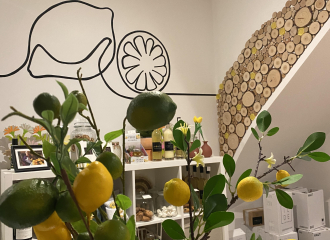
L’Atelier du Citron

Jeux de l’été : A la découverte de la biodiversité

L’Astrée

Le Jardin des Idées : 2e édition des rencontres philosophiques des Charmettes
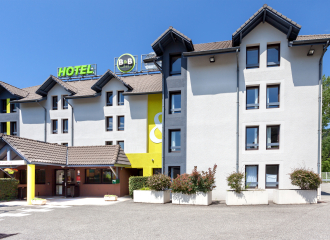
B&B Chambéry
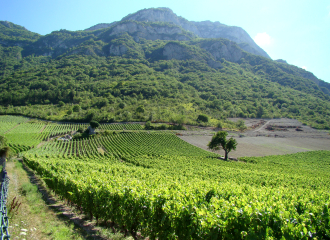
Patrimoine Savoyard et saveurs du terroir
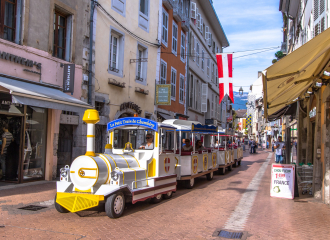
Chambéry trackless train

Guided tour – Grand Carillon and Holy Chapel
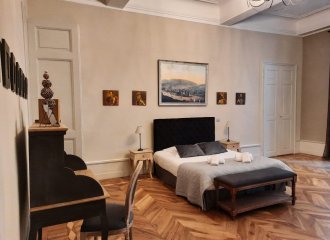
Les Suites de l’Hôtel de Sautet
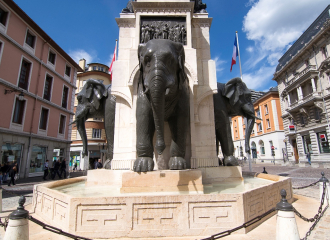
City break à Chambéry




